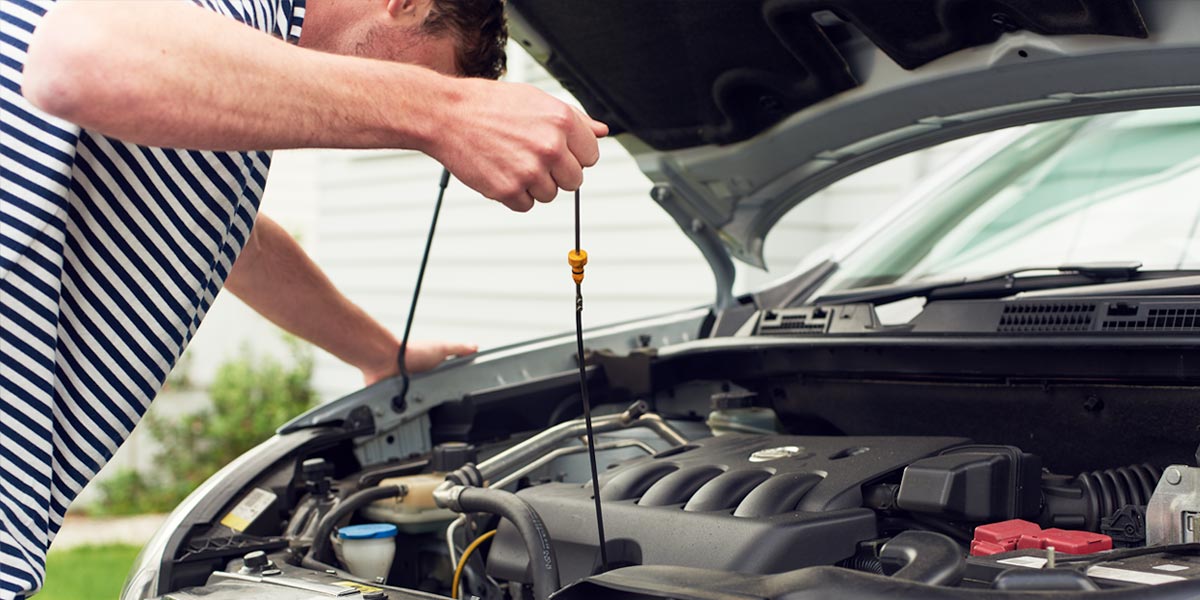Buying guide
What to look for when viewing and test driving a car
Here’s what you need to know to maximise the effectiveness of this stage of your car buying process.
Once your car search starts to find some fantastic potential car options, it’s time to check them out in person! Comprehensively inspecting the car is a must, as is seeing how it handles on a test drive, so here’s what you need to know to maximise the effectiveness of this stage of your car buying process. Read now or download for future reference whilst checking out a vehicle!
Be thorough
If you’ve found a car you like, you should contact the seller and go take a better look. This will give you the chance to see if it fully matches your requirements.
Check the car for rust, dings, leaks and make sure all basic elements are working. When performing inspections make sure you do the following:
Take it for a test drive
A test drive is your chance to see if you like the way the car handles, how pleasant the overall driving conditions are, and whether the car seems generally sound. A dealer may ask you to sign a liability agreement before a test drive. A private owner may too, and they might also request to come with you on the test drive.
Get a Vehicle Information Report
If you’re still interested in the car after taking it for a test drive, it’s an excellent idea to get a Vehicle Information Report (VIR) from MotorWeb. This report is vital when buying a used car and will tell you everything from the history of the car, its legal and financial status, to an inconsistent odometer reading. All potentially saving you vast amounts of money and stress if any issues are flagged up with the car before you take ownership.
If all is looking good with the car, the VIR hasn’t flagged up any hidden nasties and you’re edging closer to buying the vehicle, you should now be looking to organise a pre-purchase car inspection.
Other articles you might like

